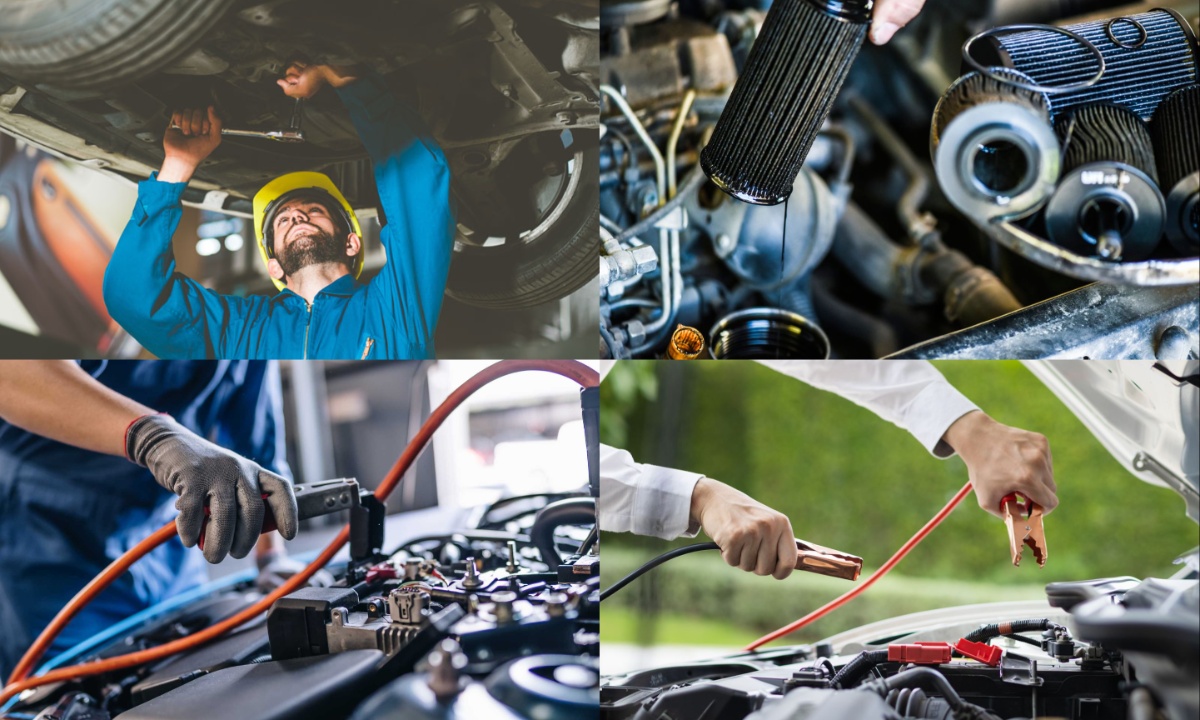Car maintenance often flies under the radar—until something goes wrong. Drivers frequently ignore small issues, assuming there will be time to fix them later. Unfortunately, cars don’t always offer a warning before failure, and even well-meaning repair attempts can make problems worse.
Whether you’re a hands-on DIYer or you leave repairs to the pros, being informed is your best protection. Poor maintenance or sloppy fixes can lead to dangerous consequences on the road.
This article outlines common maintenance mistakes that could affect your vehicle’s safety and performance, and how to properly address them before they escalate into costly disasters.
1. Driving with Burned-Out Lights
Replacing car light bulbs is simple and inexpensive, yet many people neglect it. Headlights and indicators often give obvious clues when they stop working, but taillights and brake lights are less noticeable.
Driving without them can put you at serious risk, especially at night or in bad weather. It also opens you up to getting pulled over by the police. Checking your lights regularly and replacing them promptly keeps you visible and safe.
Your car’s manual offers step-by-step instructions—no mechanical degree required. Don’t ignore this easy fix; it’s one of the simplest ways to avoid unnecessary accidents or tickets.

2. Jump-Starting Without Knowing How
Jump-starting a car is a basic skill that many drivers think they understand—but doing it wrong can destroy your car or injure you. Misplaced cables can fry electronics or even start a fire.
Safety precautions include turning off both vehicles, avoiding metal contact between clamps, and never smoking near the battery. Eye protection is also a good idea. It’s important to understand the process before you’re stuck on the roadside.
Knowing how to position the cars and connect cables properly can mean the difference between getting back on the road and calling a tow truck after a failed attempt.
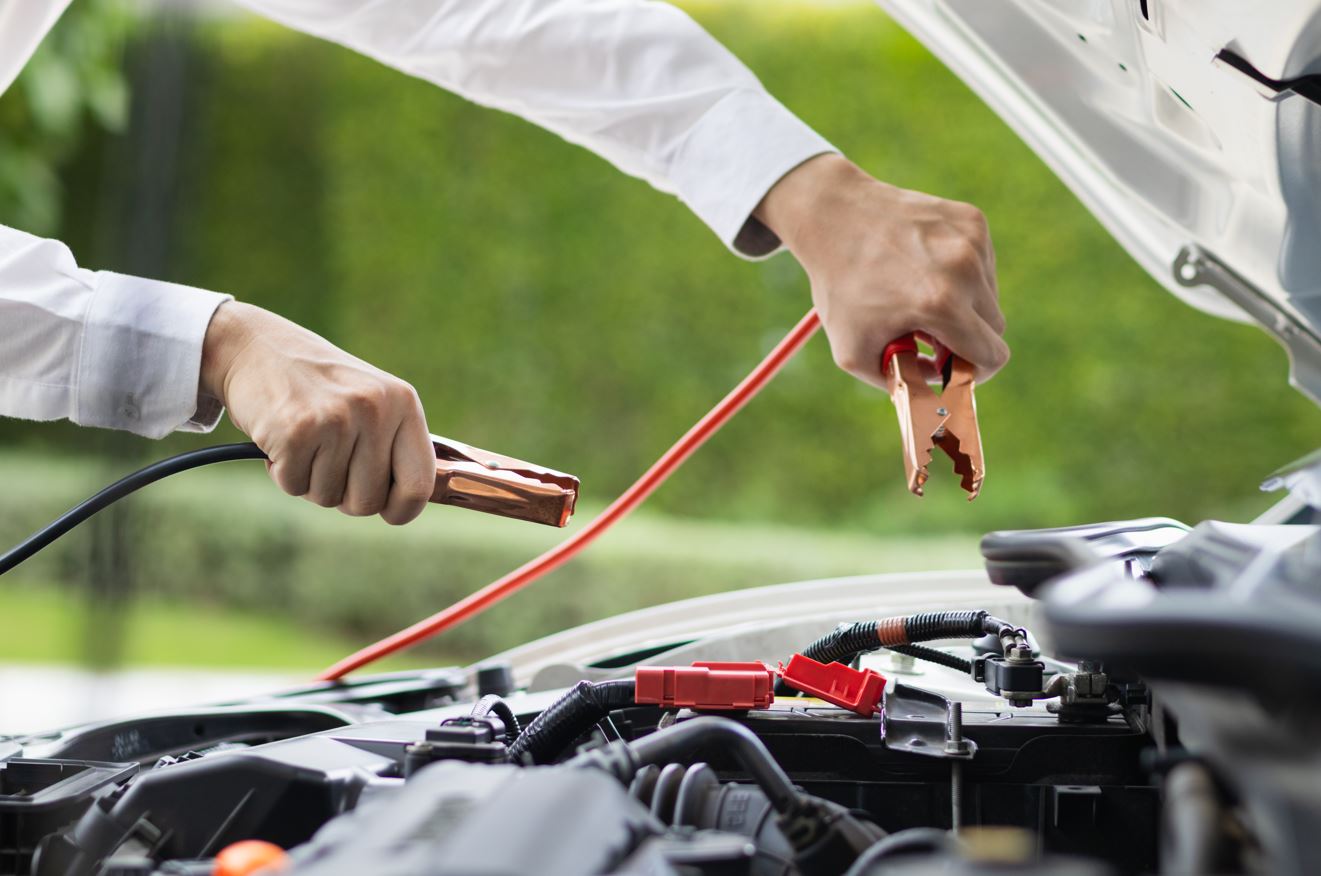
3. Careless Electrical Work
Automotive wiring is complex and risky, especially if you don’t understand what you’re doing. While the current in most car systems is low, there’s still a risk of electrical shock or fire.
Improper modifications can also overload circuits, causing more expensive damage. Always disconnect the negative battery cable before starting any work, and avoid touching high-voltage components in hybrid vehicles altogether.
These systems pack a powerful punch and can cause serious injury. When in doubt, consult a professional. Being cautious and well-informed is essential when working with car electronics—what seems like a minor job can have major consequences.
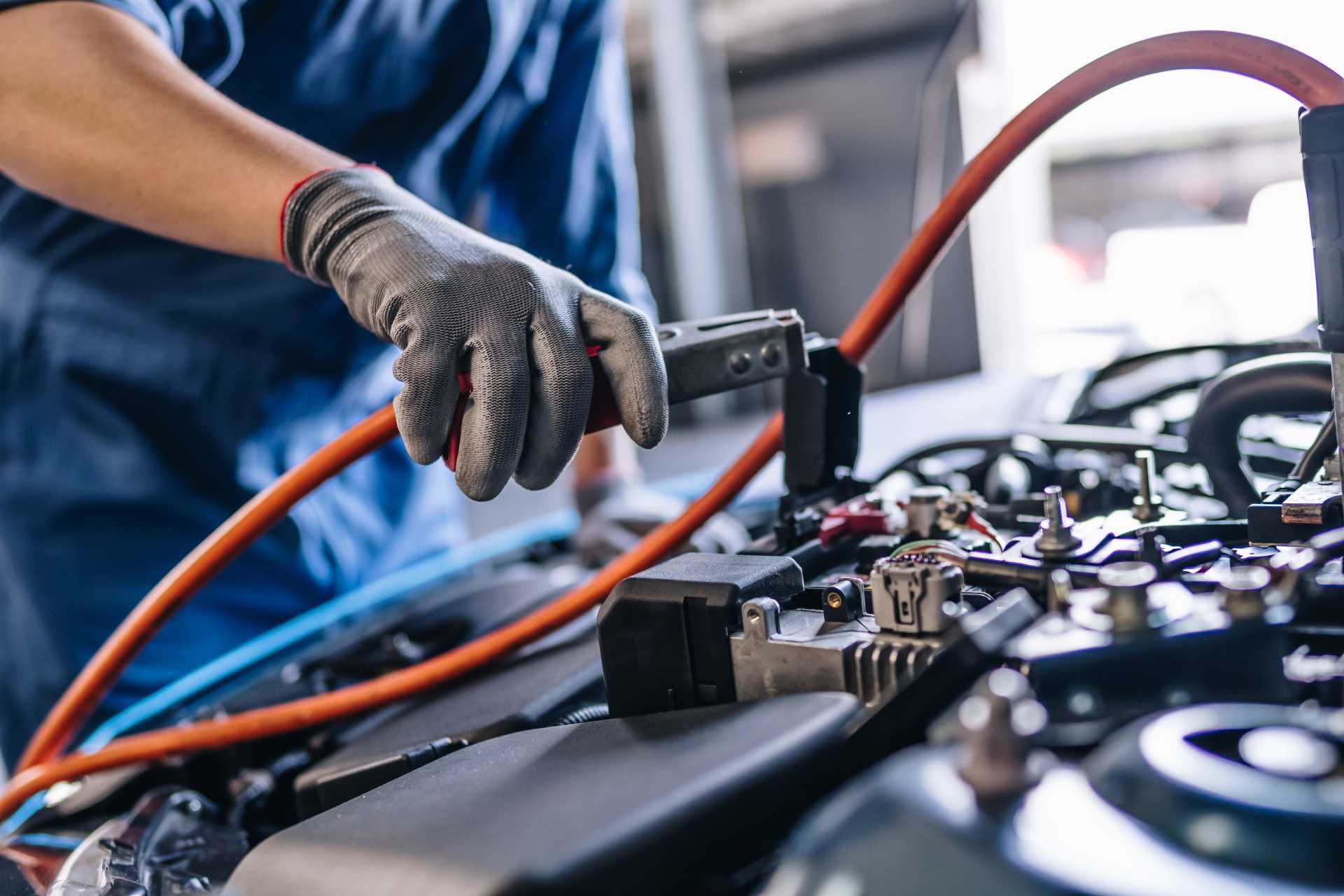
4. Gambling with Worn Tires
Bald tires may look like they have a bit of life left, but using them is a dangerous gamble. Tires are your only point of contact with the road, and compromised grip can lead to accidents, especially in wet or icy conditions. Even if tread depth looks okay, aging rubber can dry out and develop unseen cracks.
These structural issues can cause the tread to separate, leading to blowouts or loss of control. If you’re unsure how old your tires are—especially if you bought your car used—it’s safer to replace them. Your safety depends on proper traction and stability.
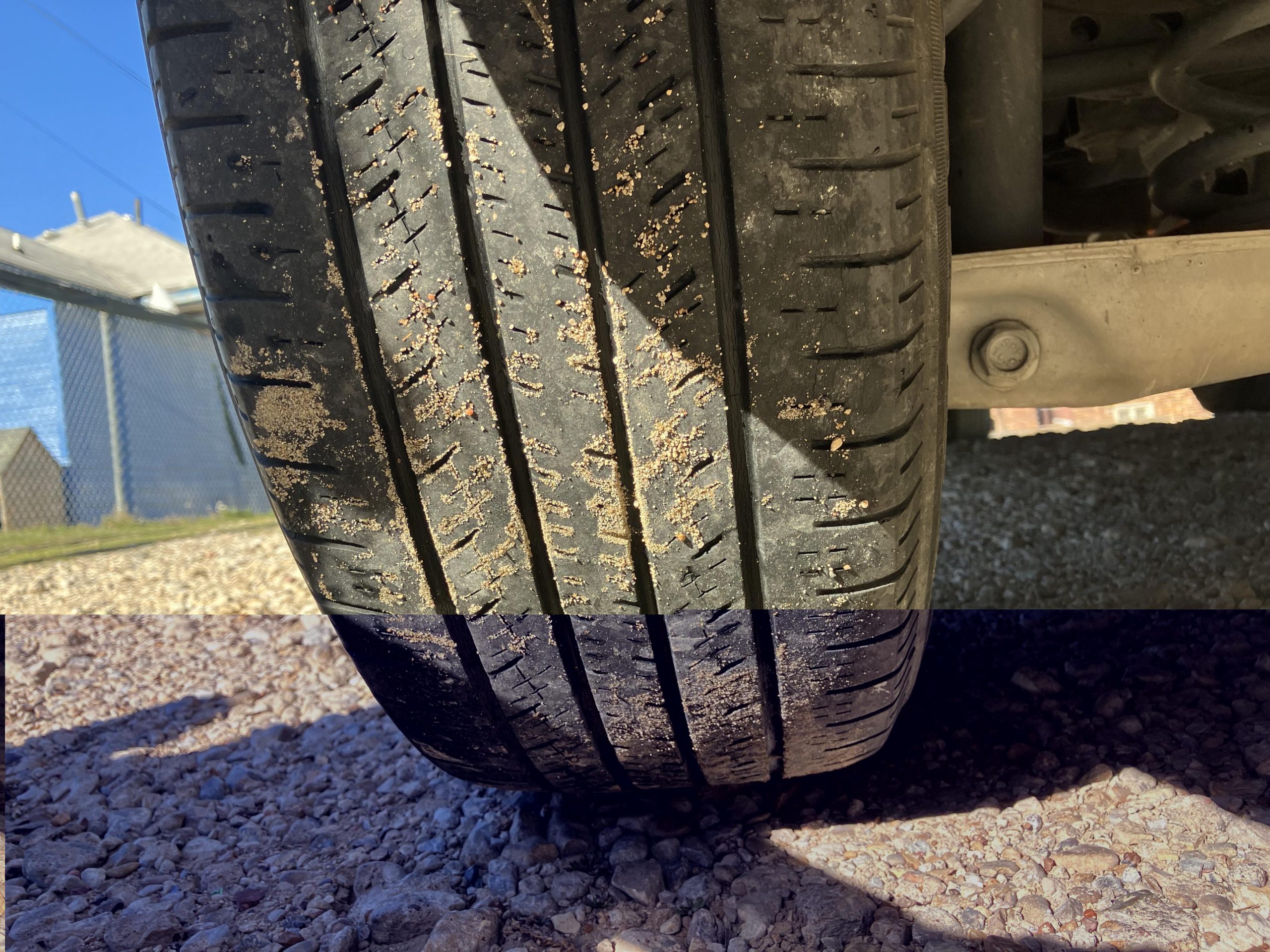
5. Sloppy Brake Lubrication
Brake systems rely on friction to stop your car, but they also need proper lubrication to keep moving parts from seizing. That said, if grease or caliper lube touches the brake pad or rotor surface, it can ruin braking performance entirely.
Amateur mechanics and even pros sometimes apply lube carelessly, risking contamination. Brake-specific grease should only be used in designated areas with surgical precision.
Sloppy application can cause your brakes to fail, putting you and others in danger. When in doubt, leave it to a seasoned mechanic. Precision here can literally mean the difference between stopping and crashing.
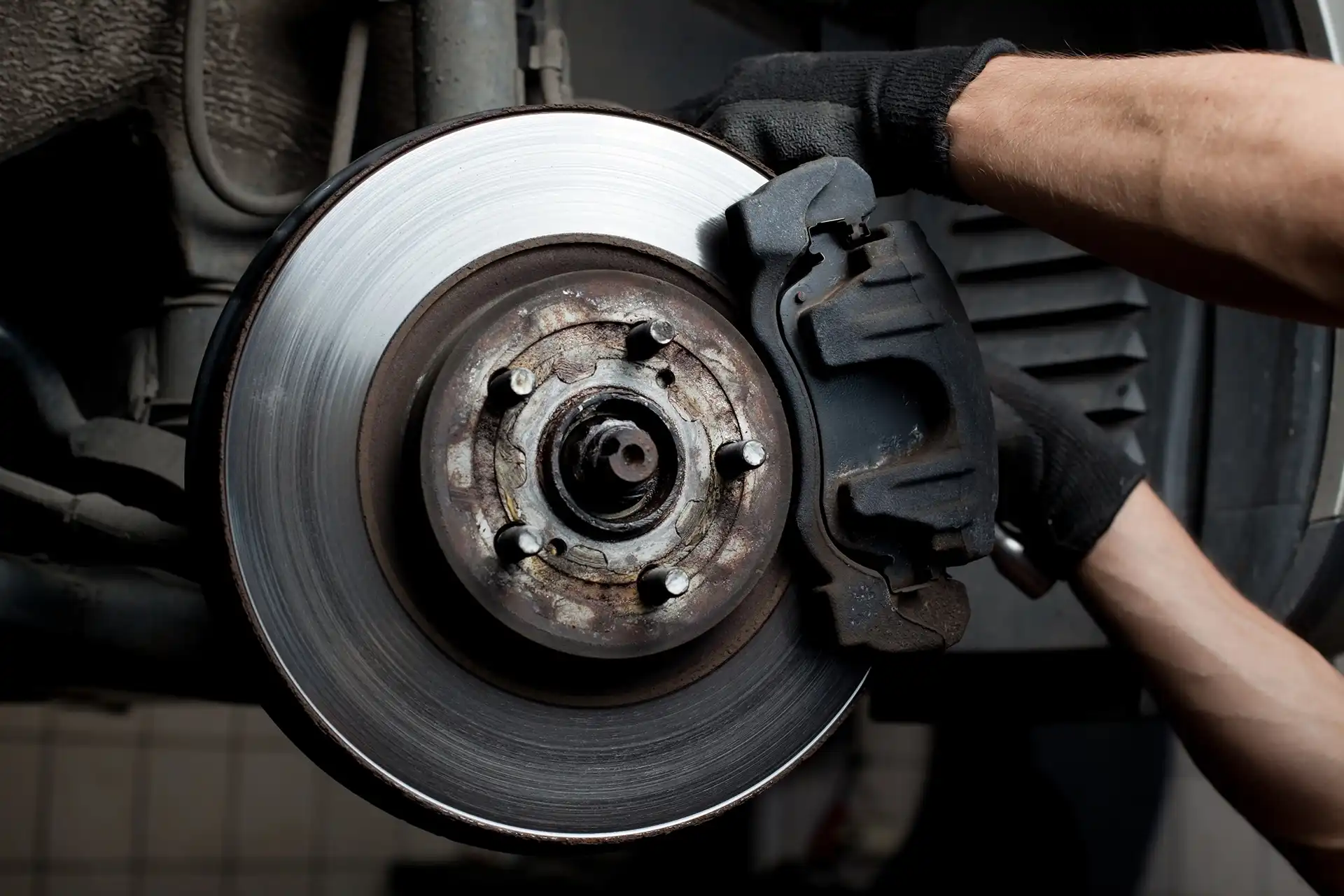
Also Read: 10 Best Affordable Home Charging Stations for EV Owners
6. Neglecting to Torque Lug Nuts
Properly torquing lug nuts after wheel changes is critical but often overlooked. Under-tightened nuts can cause wheels to wobble or fall off, while over-tightening stresses the wheel studs, leading to breakage over time.
Both scenarios are dangerous and completely preventable. Always use a torque wrench and refer to your car’s manual for the correct settings. Relying on “gut feeling” or hand-tightening isn’t good enough.
Even experienced home mechanics forget this step, assuming it’s minor. But skipping or rushing it could end with your wheel flying off at 60 mph. Take the time—it’s worth the few extra minutes of care.
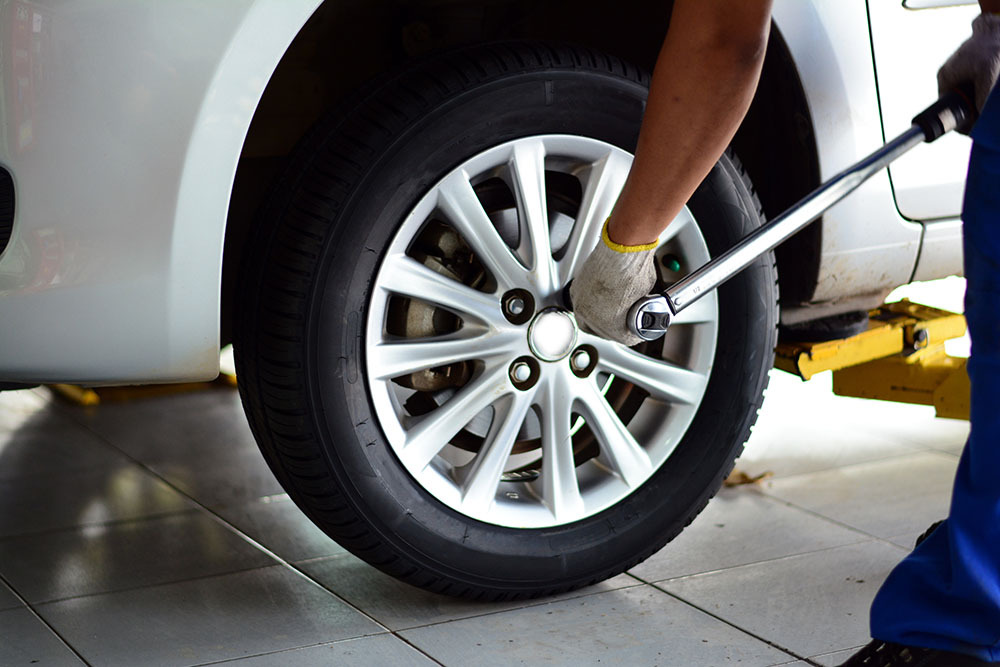
7. Skipping Fluid Replacement
Fluids are the lifeblood of your car, and neglecting them can cause catastrophic damage. From engine oil and coolant to transmission and brake fluid, each one plays a vital role.
Draining without refilling—or using the wrong type—can cause systems to overheat, seize up, or fail entirely. Even professionals sometimes make this mistake, forgetting to replace oil during a routine change.
If you do it yourself, always double- and triple-check your work. If you visit a shop, verify that fluids have been topped off. Prevention is simple, but the consequences of missing this step are severe—and often irreversible.
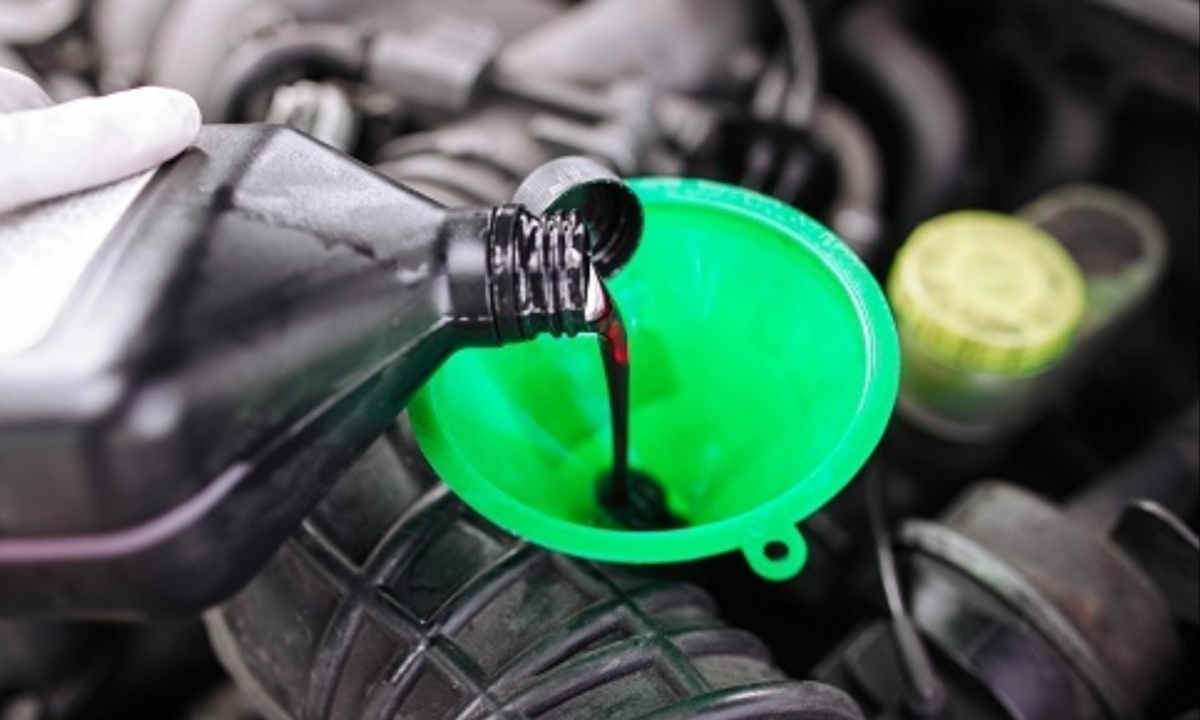
8. Leaving the Oil Filter Loose
During an oil change, tightening the oil filter properly is crucial. A loose filter can lead to rapid oil loss, resulting in engine failure or fire. Hand-tightening is usually enough to install the filter, but it still requires a final half-turn with the proper wrench. Some drivers forget or use the wrong tool, thinking the job is done.
This small oversight can have big consequences, especially at highway speeds. Oil spewing under the hood can ignite or cause the engine to seize. Always double-check your work or ensure your mechanic does—it’s a small task that protects a very expensive engine.
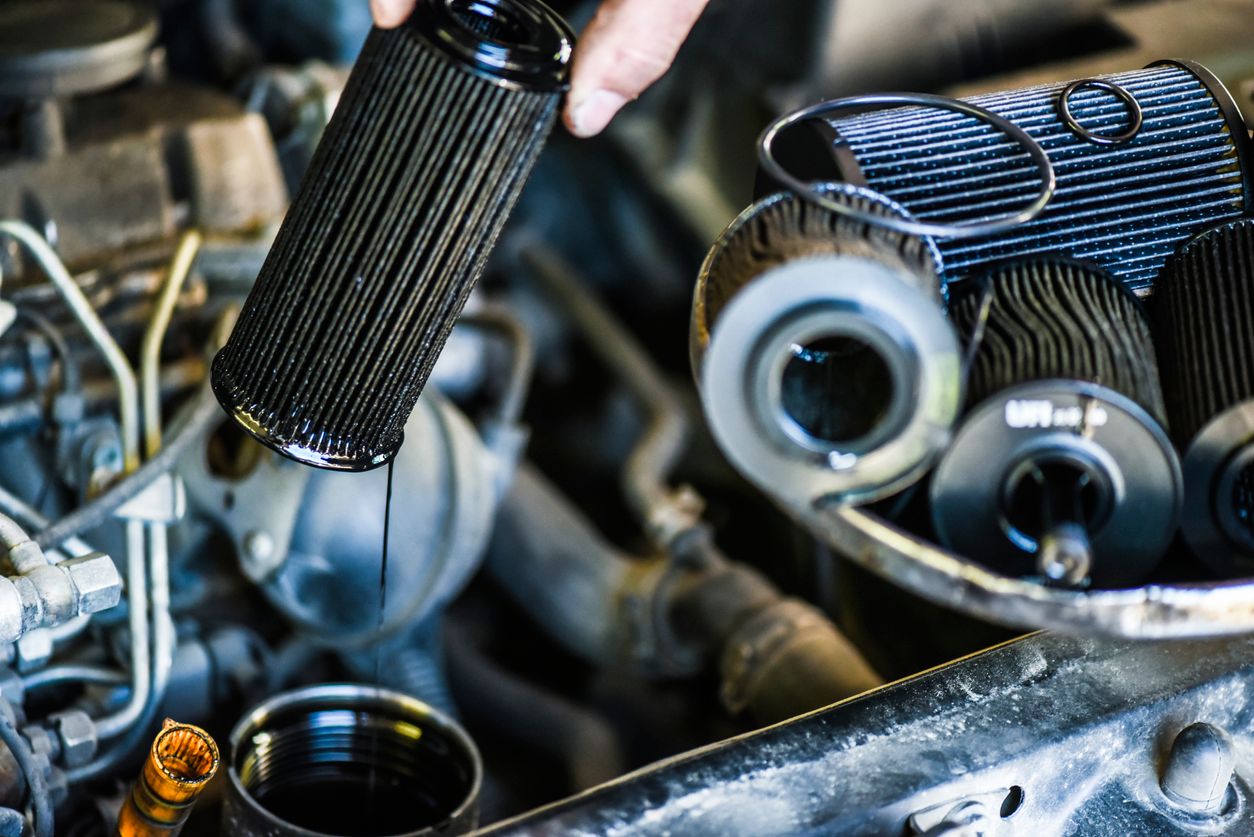
9. Ignoring Dashboard Warning Lights
Warning lights are easy to ignore—especially when they seem like false alarms—but they’re your car’s way of communicating issues. Whether it’s low tire pressure or a more serious check engine alert, treating these signals as background noise is a risky habit.
You should familiarize yourself with each icon and take them seriously. Some problems are minor and easy to fix; others aren’t. But all deserve timely attention. Fixing an issue early usually costs less and prevents bigger problems.
Trust your dashboard—it’s smarter than you think. Ignoring it might feel convenient now, but it often leads to expensive regrets.
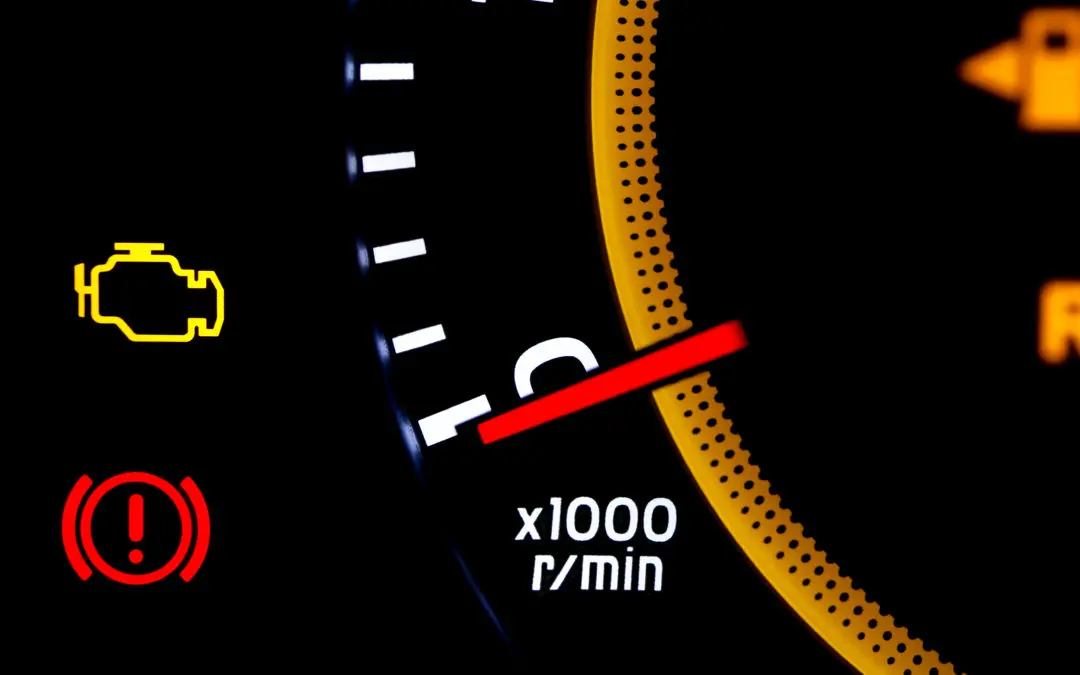
10. Disregarding Safety Recalls
Safety recalls exist to fix dangerous manufacturing flaws—ignoring them could be deadly. Whether it’s defective airbags or faulty brakes, recalls often involve parts critical to your safety.
Automakers and dealerships usually send mail notices, but it’s still your responsibility to stay informed. You can also check online using your car’s VIN. This is especially important for used cars, where recall records may be incomplete.
If you’ve already paid to fix an issue that becomes subject to a recall, you might even be eligible for reimbursement. Take recalls seriously—they’re one of the few times someone else will fix your car for free.
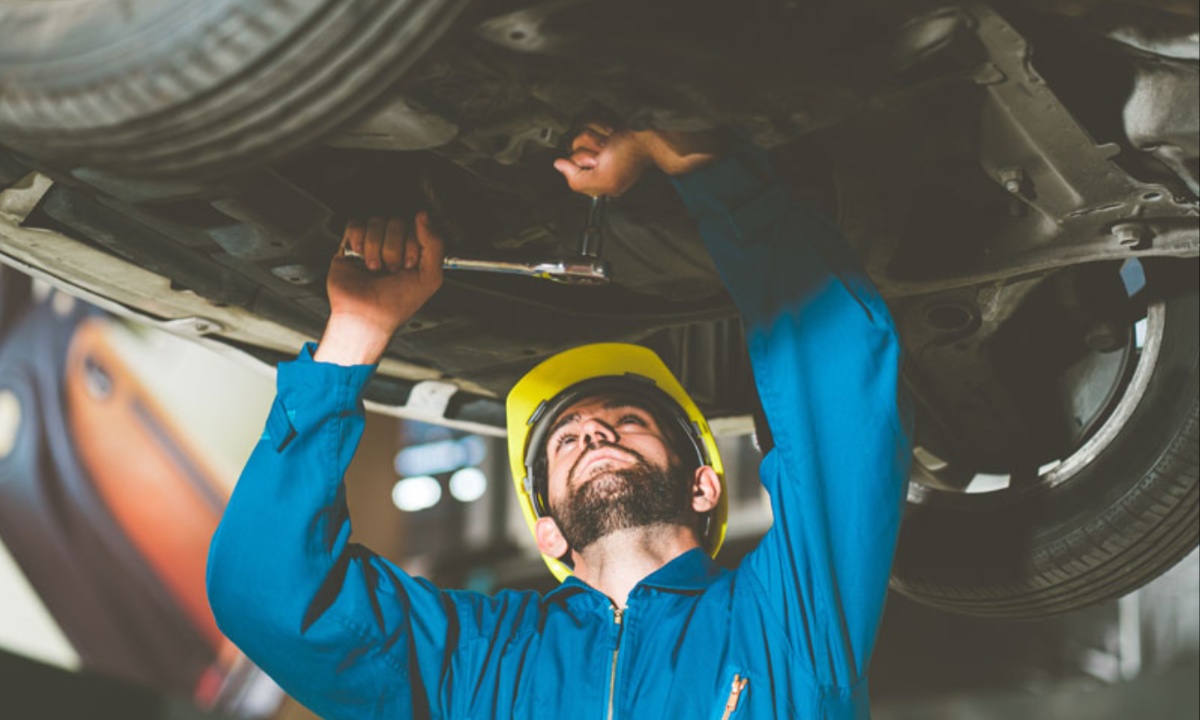
Car maintenance isn’t just about performance—it’s about safety, reliability, and peace of mind. Ignoring small issues or skipping important steps can lead to huge consequences, from breakdowns to accidents.
Whether you do your own repairs or rely on professionals, understanding what your car needs and double-checking the work are essential habits. Most of the common mistakes outlined here are preventable with a little attention and care.
Being proactive with your vehicle isn’t about perfection—it’s about responsibility. Remember, your car can’t take care of you unless you take care of it first. Drive safe, stay sharp, and don’t cut corners.
Also Read: 10 Cars From the 1990s That Highlight the Struggles of a Changing Auto Industry

